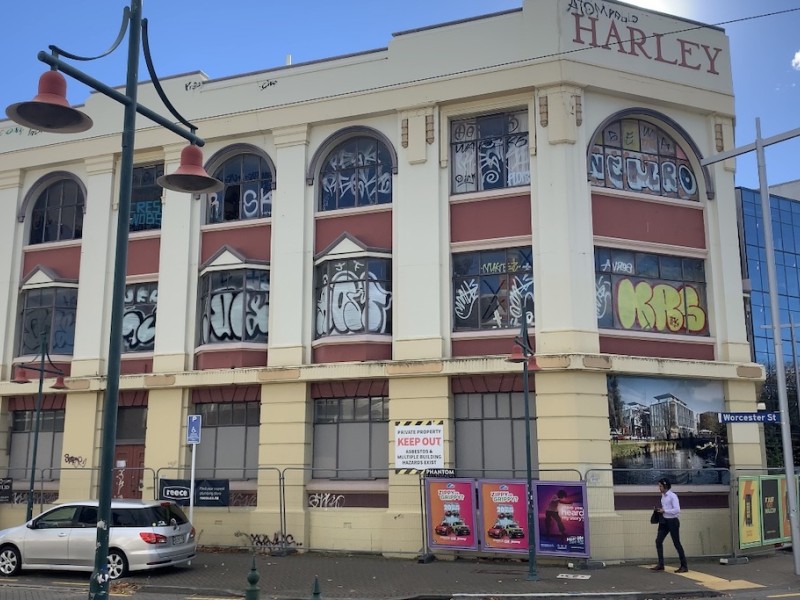The remaining derelict sites are a constant reminder to the people of Christchurch of the traumatic earthquakes of 10 years ago.
Aaron Haymes, head of strategic partnerships for the council, said the reason the council produced the list was because collectively those buildings represented a lack of progress in the city and made the city unattractive.
"It’s a visible reminder of the effects of the earthquake, and they just do not help contribute to the city getting over the earthquakes and growing again as a prosperous and vibrant city.”
The council is putting plans in place to give the remaining incentives to make a change and take action on their buildings.
They are in the middle of a long-term plan in which they want to change the way they deal with the sites.
“We are wanting to charge up the rates on these vacant undeveloped sites that are unsightly, so we hit the owners in the pocket,” said Gough.
Gough acknowledged that some had been hard to deal with due to deaths of the owners.
The Dirty 30 experience highlighted how local authorities struggled with derelict sites, Gough said, adding that a spotlight has been shone on gaps in the regulatory framework.
The other 24 sites from the original Dirty 30 list are either being fixed up or have been knocked over, or their owners have informed the council of their plans to restore, redevelop or replace them.




